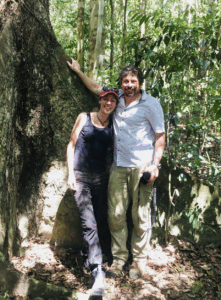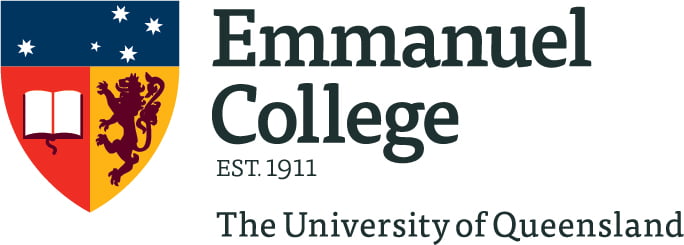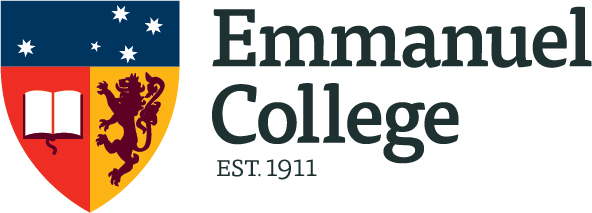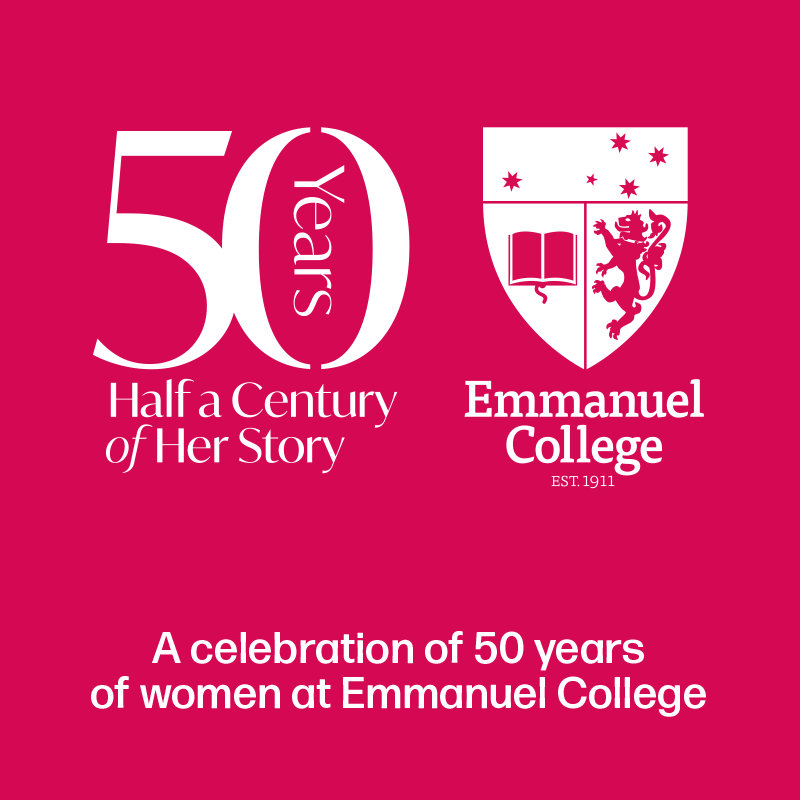Can you give us an overview of your career to date
I completed my PhD in entomology/zoology at UQ in 2004 and went on to work at the Tamborine Mountain Glowworm Caves, setting it up as a tourist attraction for the owners. At the same time I established my consultancy business and started leading projects for ecotourism companies, documentary teams, schools and other education groups, National Parks and city councils. Basically if anyone was doing anything with glowworms I would typically get the call or email. I’m currently working on glowworm projects with an international zoo and teams in New Zealand and NSW. My partner, Marcus, and I also teach international study abroad programs for American universities on Sheoak Ridge, our property in remote far north Queensland, where the biodiversity is incredible! We love the opportunity to plant seeds in bright, young minds and (hopefully) strengthen their connection with the natural world.
I’ve worked on three documentaries with Sir David Attenborough and the BBC. The latest one should be coming out later this year. The first was the original Planet Earth series, where we featured glowworms in the “Caves” episode. Sir David joined us on location in New Zealand, shooting the “Silk Spinners” episode of Life in the Undergrowth and it was a real thrill to spend time with him and the rest of the amazing crew. I was hired as the scientific advisor for the shoot and my work involved scouting potential filming locations, finalising filming permits and land owner permissions, revising story board ideas and scripting, and finally ensuring the safety of the glowworms throughout filming. Over the years I’ve worked with some of the major players in the documentary making world, including the BBC, National Geographic and Discovery and all have been rewarding projects working with people so passionate about protecting the natural world.
What first sparked your interest in entomology?
My Grandmother used to tell a story about an 8yr old me, proudly announcing to a room full of adults that I’d successfully identified 12 species of ant around our house. I’ve always loved animals in general, but insects hold a special kind of fascination. I also grew up with proactive parents, who way back in the 1980’s were using an IPM (Integrated Pest Management – using insects as biocontrol agents) approach on our family citrus orchard instead of a heavy chemical load, so I had great insect-loving mentors from an early age.
Tell us about Sheoak Ridge. What kind of work are you and Marcus doing there, and what makes the area so special?
 I met my partner, Marcus, in 2009 and since that time we’ve been trying to do less work away from home and more work from home. The reason for this is our home is AMAZING! Our property is in far north QLD, about 2 hours drive north west of Cairns. It was saved from agriculture (ie being cleared) due to the topography and today it supports 10 natural ecosystems. The biodiversity is very high, making it a wonderful place for conservation and education. For example we’ve documented nearly 200 species of bird, 24 species of frog and 19 species of snake on our property. The localised endemism is very high, so people travel from all over the world to come bird watching here. We host international farmstays, university study abroad groups, gap year programs, and volunteers who help us catch up on property work we’ve skipped while we’ve been hosting groups. We also acquired the 189 acre property adjoining Sheoak Ridge in 2020 thanks to an inspired past student who wanted to give back after her time with us in Australia. We’re currently working on re-wilding that entire property, a huge change from its previous land-use of monoculture sugar cane production.
I met my partner, Marcus, in 2009 and since that time we’ve been trying to do less work away from home and more work from home. The reason for this is our home is AMAZING! Our property is in far north QLD, about 2 hours drive north west of Cairns. It was saved from agriculture (ie being cleared) due to the topography and today it supports 10 natural ecosystems. The biodiversity is very high, making it a wonderful place for conservation and education. For example we’ve documented nearly 200 species of bird, 24 species of frog and 19 species of snake on our property. The localised endemism is very high, so people travel from all over the world to come bird watching here. We host international farmstays, university study abroad groups, gap year programs, and volunteers who help us catch up on property work we’ve skipped while we’ve been hosting groups. We also acquired the 189 acre property adjoining Sheoak Ridge in 2020 thanks to an inspired past student who wanted to give back after her time with us in Australia. We’re currently working on re-wilding that entire property, a huge change from its previous land-use of monoculture sugar cane production.
How do you stay hopeful in the face of ongoing environmental challenges?
I think the connections we make with young people help us navigate the feelings of doom and destruction. All we can do is plant (brain) seeds and hope young people go on to do good things in relation to our environment, as it’s the only planet we’ve got.
Is there something that the average person can do to play a part in protecting Australia’s biodiversity?
There are so many things. Everyone can be doing the most simple things in their daily lives and these examples are only scratching the surface of the good one person can do: Compost food waste, minimise food waste, minimise or stop using plastic, join a volunteer group and spend your weekends planting trees, keep your cats indoors, take public transport or a bike instead of your car, fly less often (or support organisations that fund carbon sequestration projects), consume less (ie buy less), support local farmer’s markets, support green energy providers, have difficult conversations with people who don’t value the environment, start doing nature meditations (the positives are overwhelming)… it really is an endless list.
Do you have any advice for anyone wanting a career in conservation?
Do the hard yards and get the degrees and publications behind you first. It’s a tough field to find your dream job, but this will help.
What is your favourite memory during your time Emmanuel College?
Oh there are so many. How do I pick just one? I thank Emmanuel College for the friendships I still have today with the most wonderful and diverse group of people that I would have been unlikely to meet otherwise. My favourite memories would have to be from all the dress up parties we used to hold and the effort everyone went to! Our costumes were epic and the events were always soooooo much fun. The vibe at any sporting event also comes a close second. 🙂
In 2025 Emmanuel College is celebrating 50 years since women were admitted to the College. If you know of an inspirational female-identifying alumnus who you think should be featured, please don’t hesitate to get in touch with us at alumni@emmanuel.uq.edu.au.



